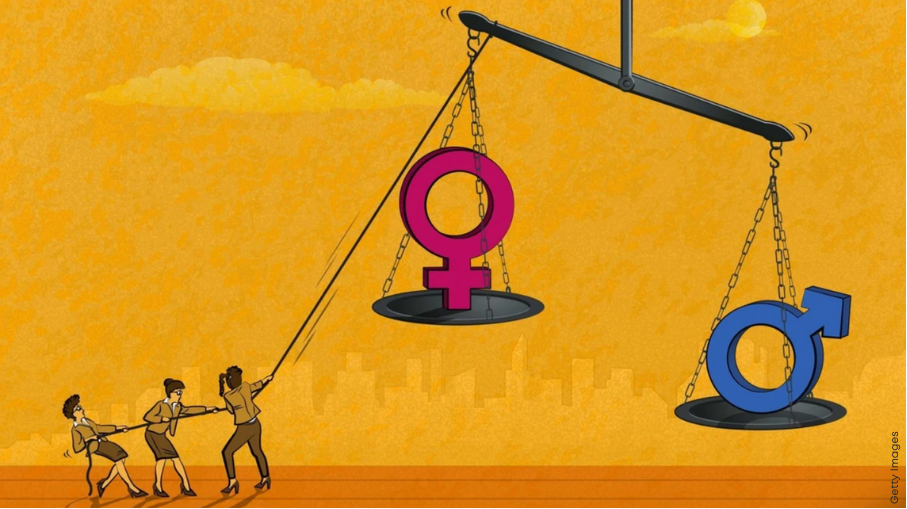The Key Causes of Girls' Underrepresentation
The Key Causes of Girls' Underrepresentation
The underrepresentation of girls in STEM results from several interconnected factors, ranging from deep-rooted societal stereotypes to educational practices and individual confidence issues. Understanding these causes is crucial to effectively address and reverse the trend.
Societal stereotypes
Society plays a significant role in shaping perceptions about what careers are “appropriate” or “natural” for men and women. From a young age, girls are often exposed to gendered messages that discourage their interest in STEM subjects.
There’s a long-standing belief that STEM is a “male” domain, and boys are naturally better at subjects like math and science, while girls are better suited to arts and humanities, and often they are discouraged from pursuing these fields. These stereotypes are reinforced through toys, media, and even the language adults use when interacting with children. For example, girls may be praised for being "creative" or "caring", while boys are praised for being "smart" or "logical", subtly steering them toward different career paths.
Parents and teachers too, consciously or unconsciously, tend to expect boys to excel in subjects like math and science more than girls. These lowered expectations can lead to a lack of encouragement and fewer opportunities for girls to explore their interest in STEM.
Educational barriers
Schools and educators play a critical role in either perpetuating or challenging these gender stereotypes. Unfortunately, many educational practices continue to contribute to the underrepresentation of girls in STEM.
Research suggests that in mixed-gender classrooms, boys are more likely to receive attention and feedback from teachers in STEM subjects (Copur-Gencturk et al., 2023). Boys are often encouraged to explore and experiment with STEM-related activities, while girls may receive less direct encouragement to engage in technical problem-solving. Boys are more likely to dominate group work or classroom discussions in subjects like math, science, and technology, further marginalizing girls.
Moreover, STEM curricula are often designed with examples, problems, and activities that may resonate more with boys than girls. For example, math problems might be framed around sports or construction, which may not align with many girls' interests. This subtle bias can make STEM subjects feel less relatable or engaging to girls, discouraging them from pursuing further study in these areas.
The scarcity of female STEM teachers and professors also plays a role in the underrepresentation of girls in these fields. When girls don't see women in leadership or teaching roles within STEM, they may feel that these subjects are not “for them”. Having more female role models in STEM education can inspire girls to envision themselves in similar positions.
Personal and psychological factors
Even when societal and educational barriers are addressed, individual psychological factors still impact girls’ participation in STEM. These factors are often the result of long-standing external influences that shape how girls perceive their abilities and potential.
For example, girls are more likely to suffer from lower self-confidence in their abilities to succeed in STEM subjects, often due to external biases. As a result, girls are more likely to doubt their abilities in these subjects, leading to what is known as “imposter syndrome” – the feeling that they don’t truly belong or aren’t capable in STEM, even when their achievements suggest otherwise.
In addition to all these factors, it should be noted that there are also systemic barriers that contribute to girls’ underrepresentation in STEM. The STEM workforce continues to exhibit gender bias in both hiring and career advancement opportunities. Women often face discrimination when applying for jobs in male-dominated STEM fields, and even when they are hired, they may struggle to advance at the same rate as their male counterparts. This lack of upward mobility can discourage young women from entering STEM careers in the first place.

There are no comments for now.
